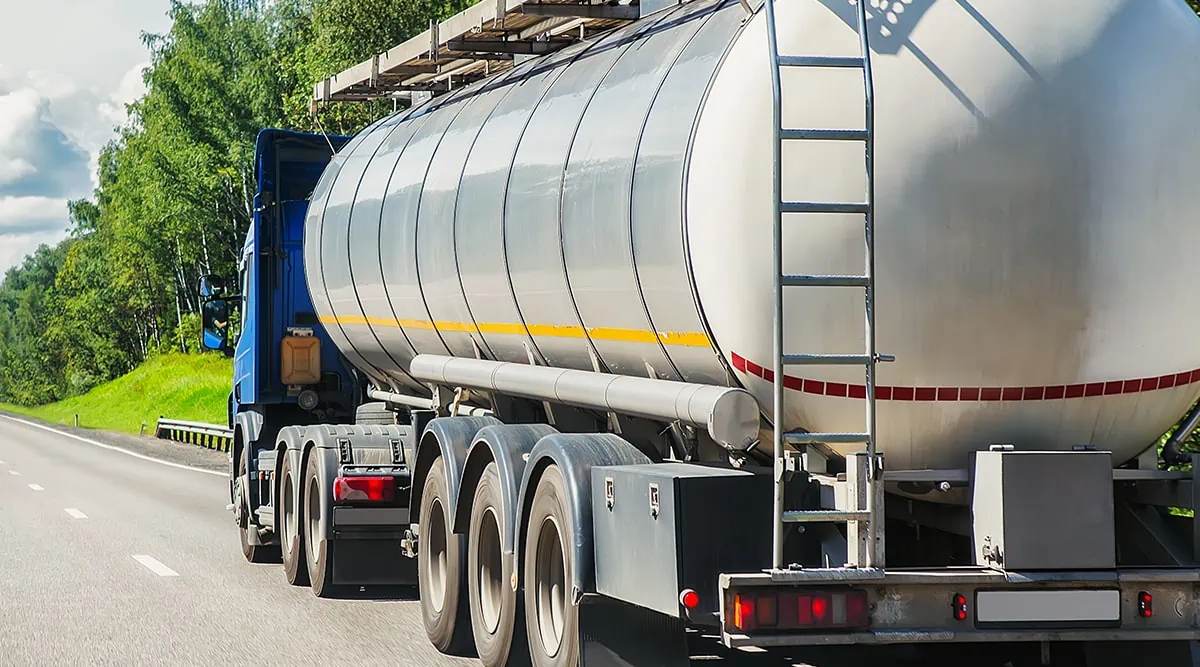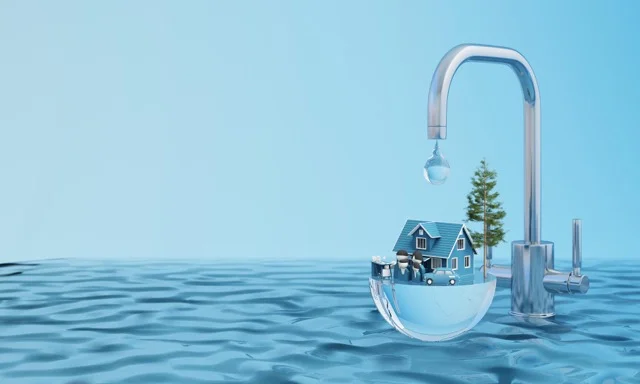6 Simple Techniques For Reclaim Waste
6 Simple Techniques For Reclaim Waste
Blog Article
The Buzz on Reclaim Waste
Table of ContentsThe 5-Minute Rule for Reclaim WasteThe Main Principles Of Reclaim Waste The 9-Minute Rule for Reclaim WasteAbout Reclaim WasteThe Only Guide for Reclaim Waste
Check out the kinds, occurrences, and types of fluid waste. Residential sewage waste describes the waste and products from a domestic septic tank. This sort of waste is created by humans in houses, institutions, and various other buildings. This only consists of sewage-disposal tanks that have a drainpipe area. The proper monitoring and disposal of residential sewage waste require fluid waste to be transferred to a sewage treatment plant where the appropriate methods and tools are related to purify and take care of waste.
Industrial waste typically consists of potential threats, such as combustible products or a combination of liquid and solid waste items, and calls for an extra sophisticated and comprehensive disposal procedure. The disposal of commercial waste typically entails the filtering of waste before transportation to guarantee secure and appropriate disposal. Hazardous waste is produced from by-products and runoff of industrial procedures and manufacturing.
This type of waste can not make use of the very same sewage administration transport or procedures as septic or commercial fluids. The industrial waste management process calls for the assessment and testing of fluid waste prior to it undertakes the disposal process (liquid waste removal). Runoff waste is the liquid waste that originates from overflow and excess stormwater in very booming areas or cities
Runoff waste can trigger contamination and flooding if not dealt with properly. Making certain proper waste administration can stop catastrophes and decrease environmental injury.
The 4-Minute Rule for Reclaim Waste
Call PROS Services today to learn more about our waste administration and disposal services and the appropriate ways to take care of the fluid waste you generate.
(https://reclaimwaste1.mystrikingly.com/blog/efficient-liquid-waste-disposal-in-melbourne-why-reclaim-waste-is-your-go-to)This so-called 'wastewater' is not only an important source but, after treatment, will be released to our land, waterways or the sea. Used water from bathrooms, showers, bathrooms, kitchen area sinks, washings and commercial procedures is understood as wastewater.

water used to cool machinery or clean plant and devices). Stormwater, a kind of wastewater, is runoff that streams from farming and city locations such as roof coverings, parks, gardens, roadways, courses and gutters right into stormwater drains pipes, after rainfall. Stormwater moves unattended straight to local creeks or rivers, eventually reaching the ocean.
The Of Reclaim Waste
In Queensland, the majority of wastewater is dealt with at sewage therapy plants. Wastewater is delivered from domestic or industrial websites with a system of sewage systems and pump stations, understood as sewerage reticulation, to a sewer therapy plant.
The Department of Natural Resources suggests city governments about handling, operating and keeping sewerage systems and treatment plants. In unsewered locations, regional governments might require householders to mount specific or household sewer treatment systems to treat residential wastewater from bathrooms, kitchens, bathrooms and laundries. The Division of Natural Resources authorises the usage of home systems when they are proven to be efficient.
The majority of stormwater receives no treatment. In some new subdivisions, treatment of some stormwater to remove trash, sand and crushed rock has actually started making use of gross pollutant traps. Wastewater treatment takes place in 4 phases: Gets rid of strong issue. Bigger solids, such as plastics and various other objects incorrectly released to sewers, are gotten rid of when wastewater is passed through screens.
Wastewater after that moves into large storage tanks where solids clear up and are removed as sludge. Grease and scum are skimmed from the surface. Makes use of little living organisms called micro-organisms to damage down and get rid of remaining dissolved wastes and great bits. Micro-organisms and wastes are integrated in the sludge. Eliminates nitrogen and phosphorus nutrients that can create algal blossoms in our rivers and threaten aquatic life.
The Definitive Guide for Reclaim Waste
Nutrient removal is not available whatsoever sewer therapy plants since it requires pricey specialist equipment. It is coming to be extra common in Queensland. Clear fluid effluent created after treatment might still consist of disease-causing micro-organisms. If this effluent is launched right into rivers such as rivers or the sea, the micro-organisms will at some point die out.

A lot of wastewater moves into the sewage system. Under the Act, local governments carry out authorizations and licences for eco relevant activities (Periods) involving wastewater releases that may have a neighborhood impact.
The Definitive Guide for Reclaim Waste
Or else, samples are considered lab analysis. Commonly lots of examinations are required to establish the degrees of each of the various toxins such as oils, hefty steels and chemicals in water. Monitoring offers factual details concerning water quality and can validate that permit conditions are being satisfied. The info acquired with tracking offers the basis for making review water high quality decisions.
Report this page